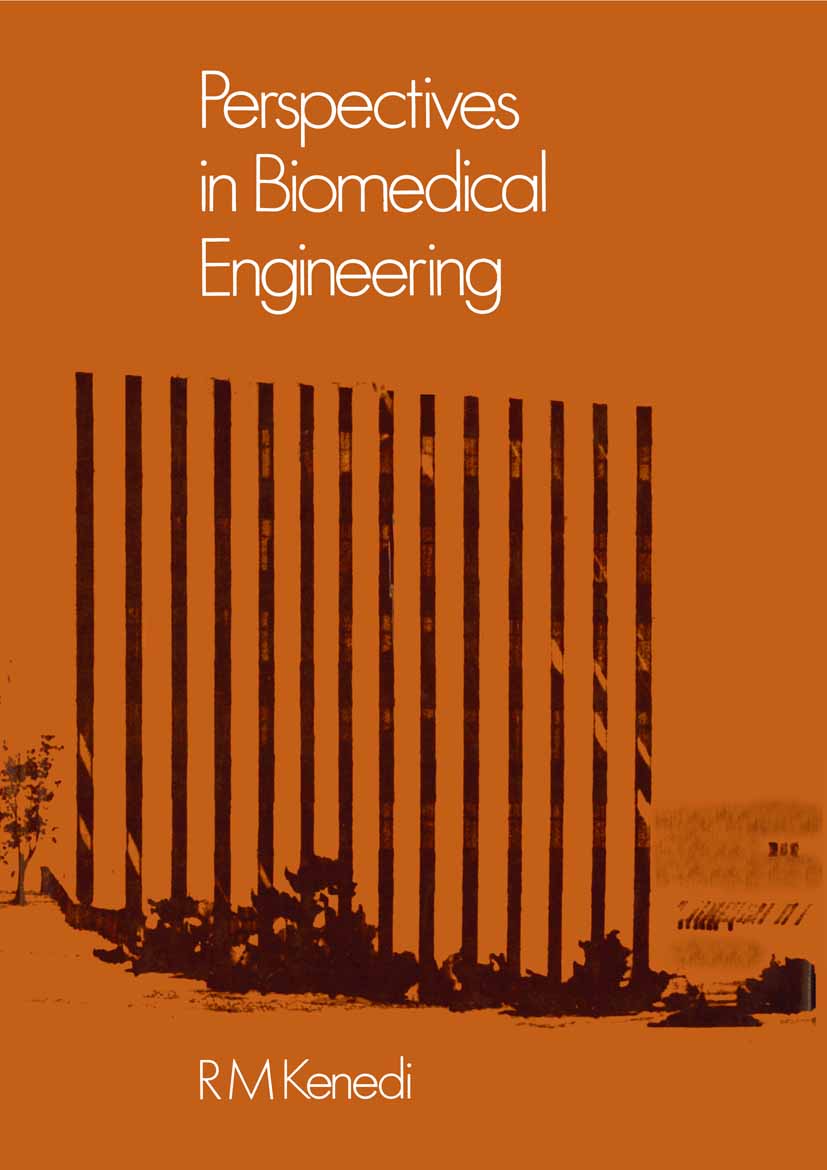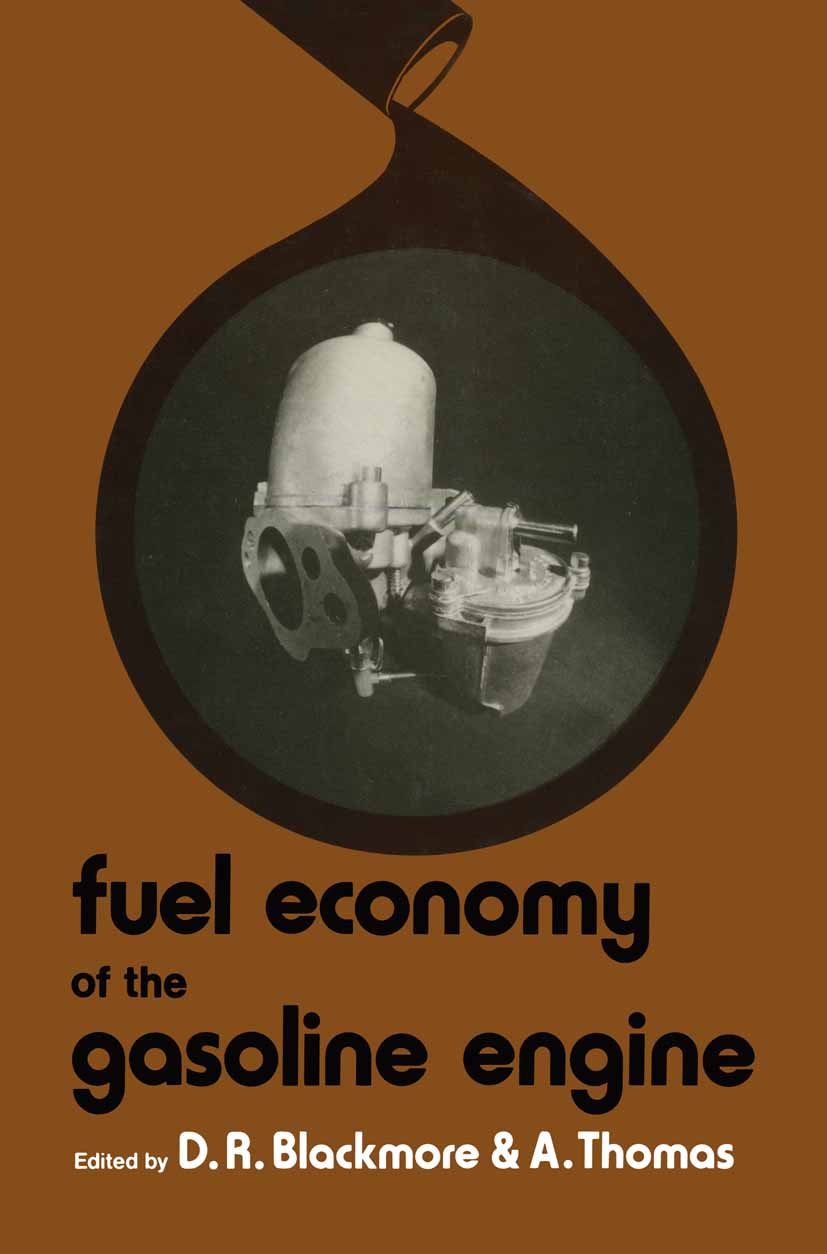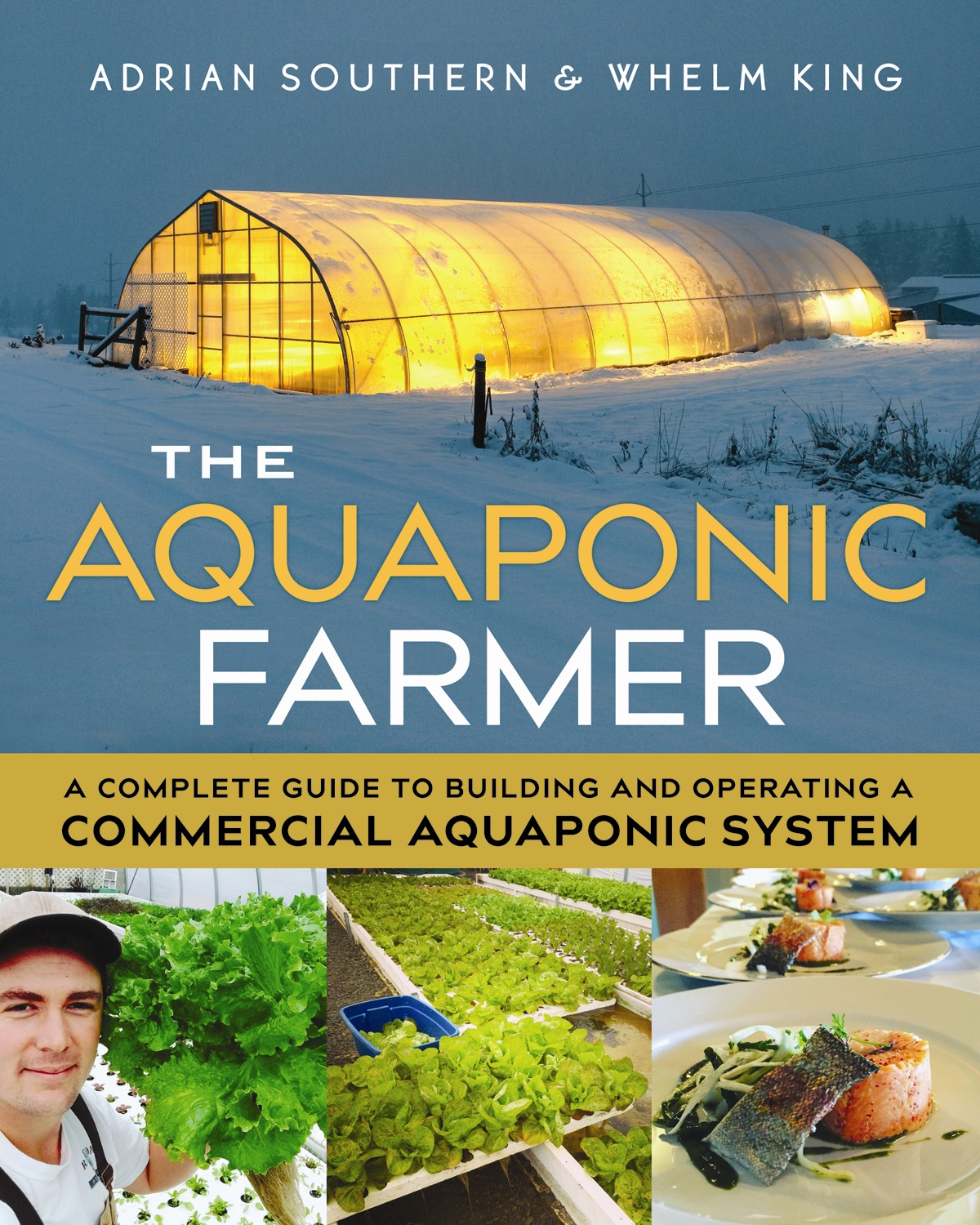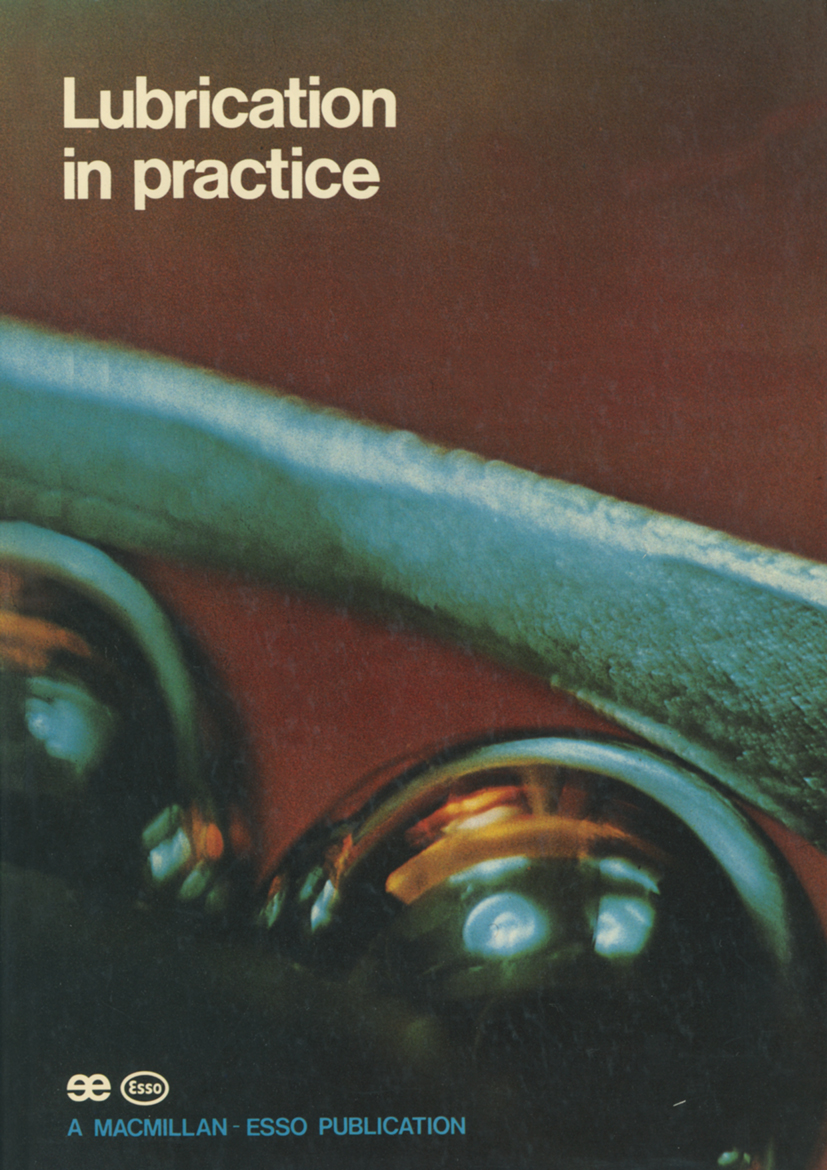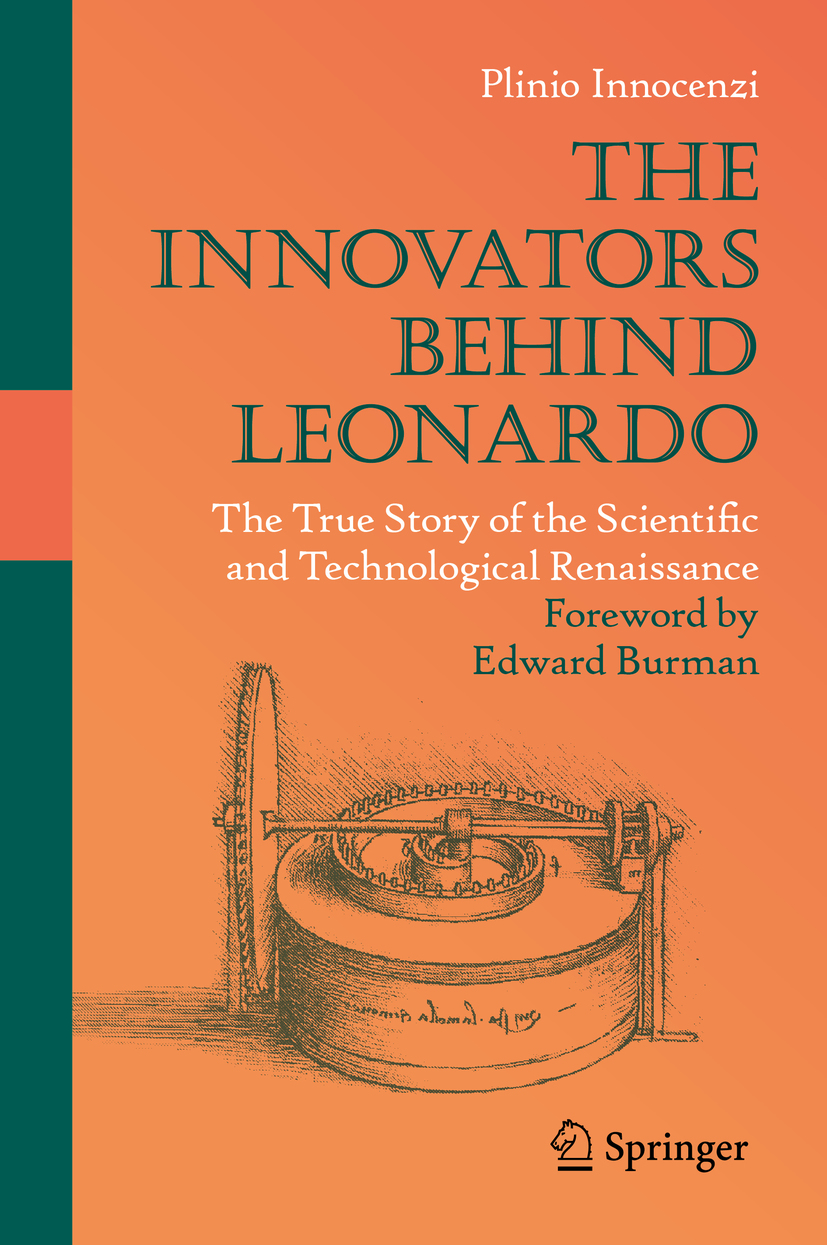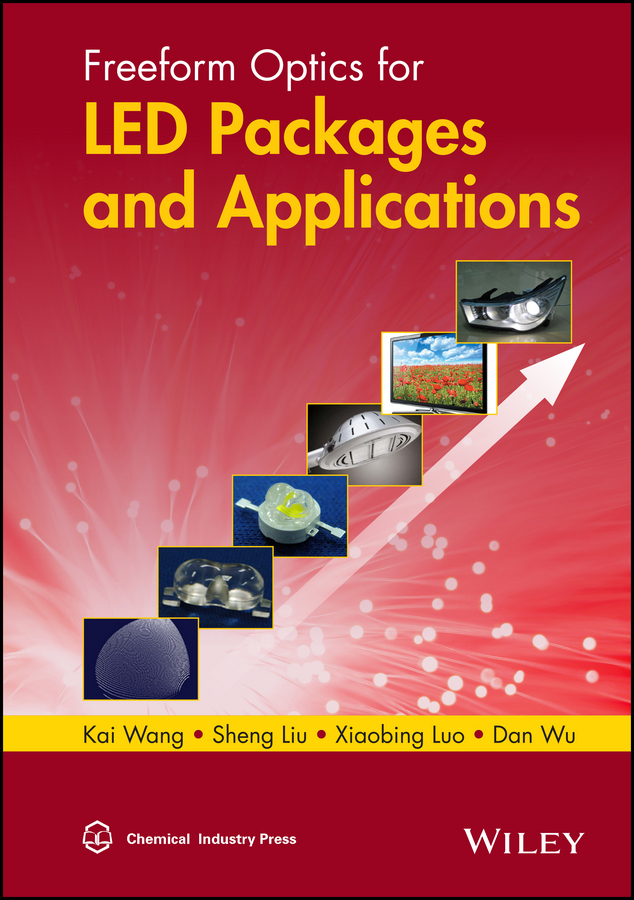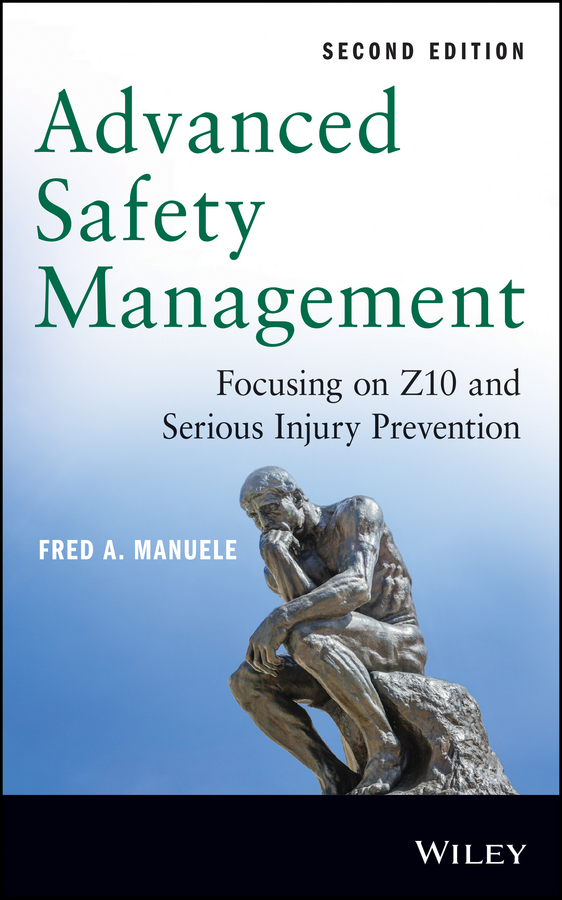Mechanical Alloying
by L. Li Lü
2020-07-23 12:42:37
Mechanical Alloying is intended as an introduction to the mechanical alloying technique used in developing different materials systems. It is useful not only to undergraduate and post-graduate students, but also to scientists and engineers who wis...
Read more
Mechanical Alloying is intended as an introduction to the mechanical alloying technique used in developing different materials systems. It is useful not only to undergraduate and post-graduate students, but also to scientists and engineers who wish to gain some understanding of the process. Mechanical Alloying begins with a brief introduction providing a historical background to the development of the mechanical alloying process. Currently there are several different types of ball mills available, some of them specially designed for the mechanical alloying process. Since the resultant materials are milling-intensity and milling-temperature dependent, ball mills should be carefully selected in order to obtain the desired materials and structures. This is discussed in Chapter 2. The actual mechanical alloying process is considered in Chapter 3. As it is essential to understand the use of processing control agents, the physical properties of some commonly used agents are listed. Chapter 4 deals with the formation of new materials and presents the mechanical alloying of Al, Ti and Mg alloys and their intermetallics. The formation of composite materials using this technique is also discussed in detail. Several examples of the mechanical alloying of amorphous materials, an important group of engineering materials where mechanical alloying is commonly employed, are given. Chapter 5 looks at the characterization of the alloyed powders. Details of the use of X-ray diffraction to identify crystalline size, the use of thermal analysis and measurement of particle size are provided. Densification methods are discussed in Chapter 6 while mechanisms of strengthening the composite materials by mechanical alloying are considered in Chapter 7. To understand the mechanisms of the alloying technique so that better control of the process can be exercised, the effects of temperature, activation energy, and grain size on diffusion during the alloying process are examined in Chapter 8. The last chapter of the book, Chapter 9, deals with the dynamics and modeling of the alloying process together with some experimental outputs.
Less


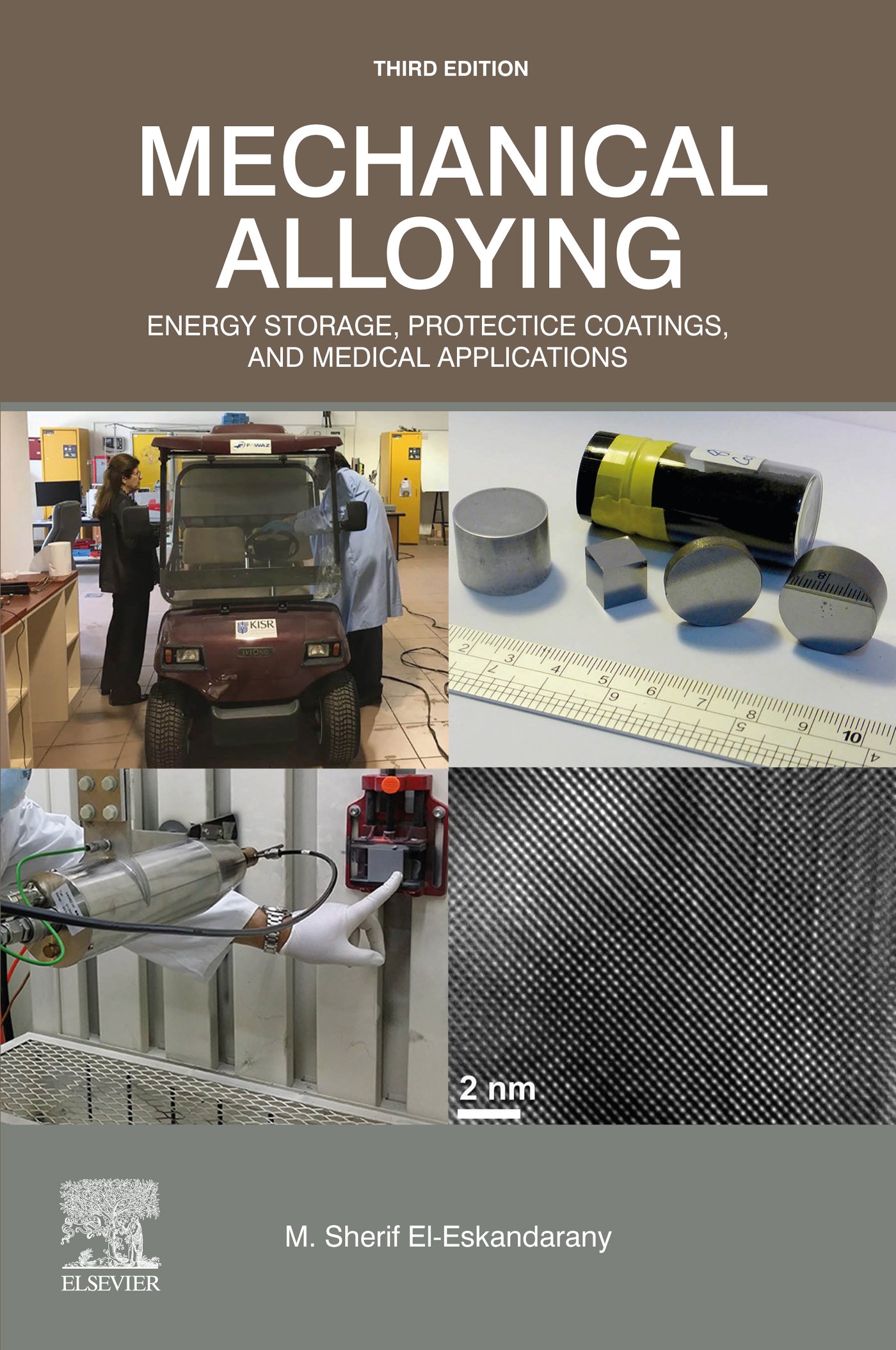




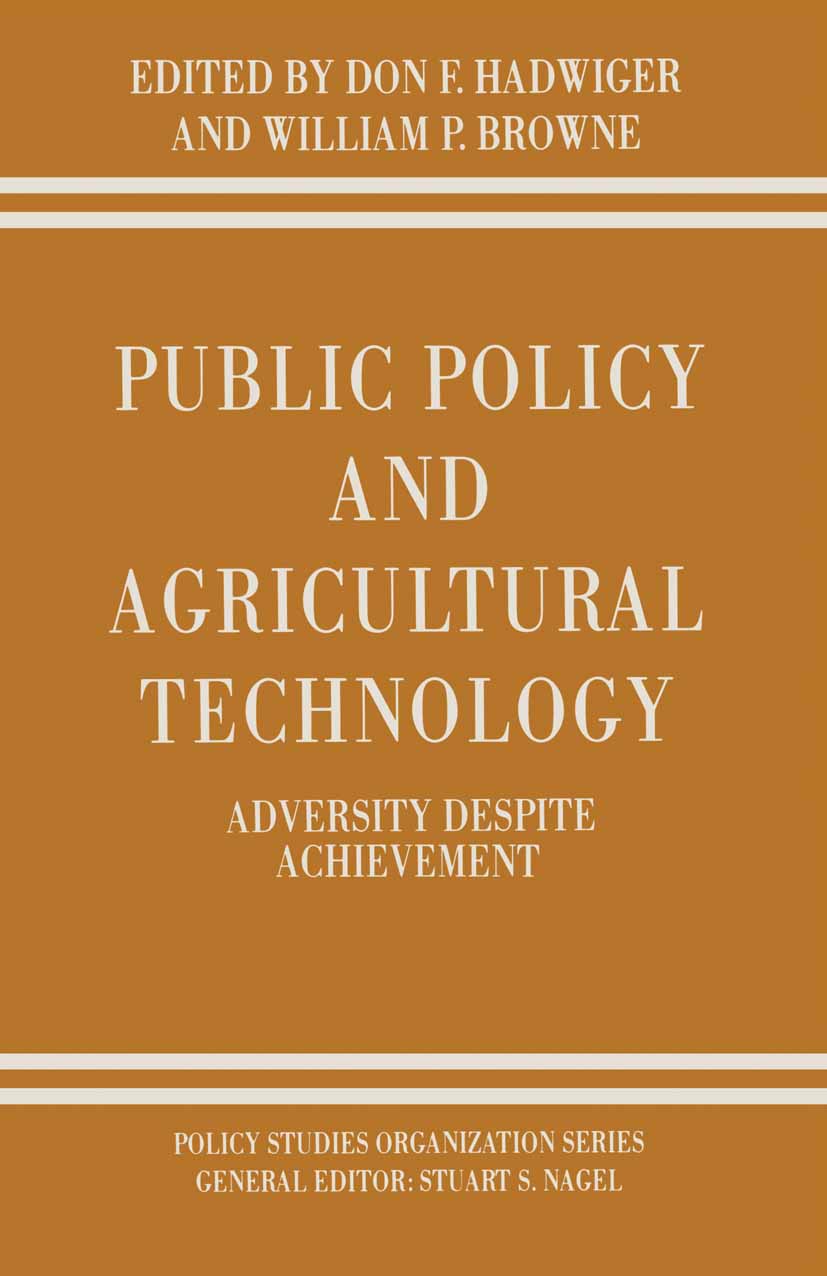
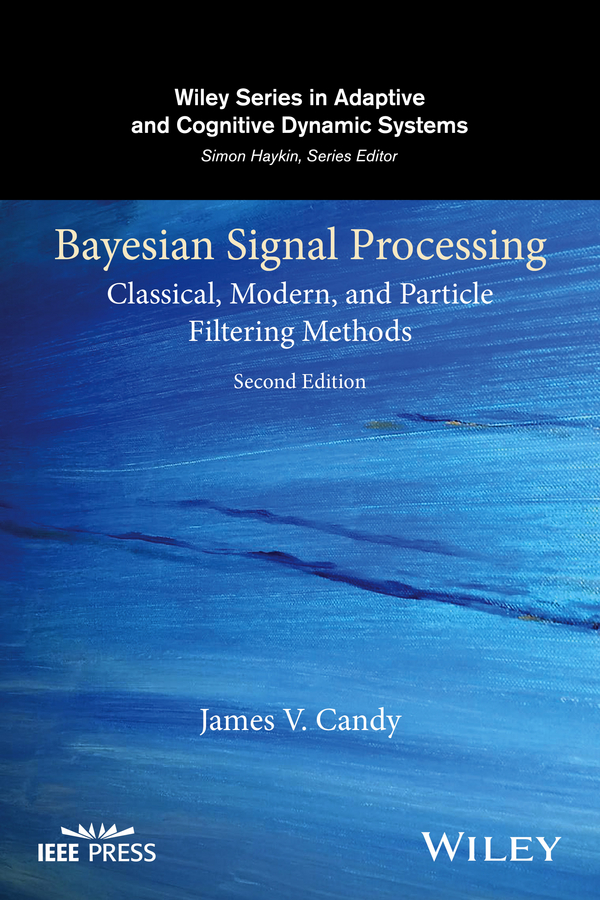
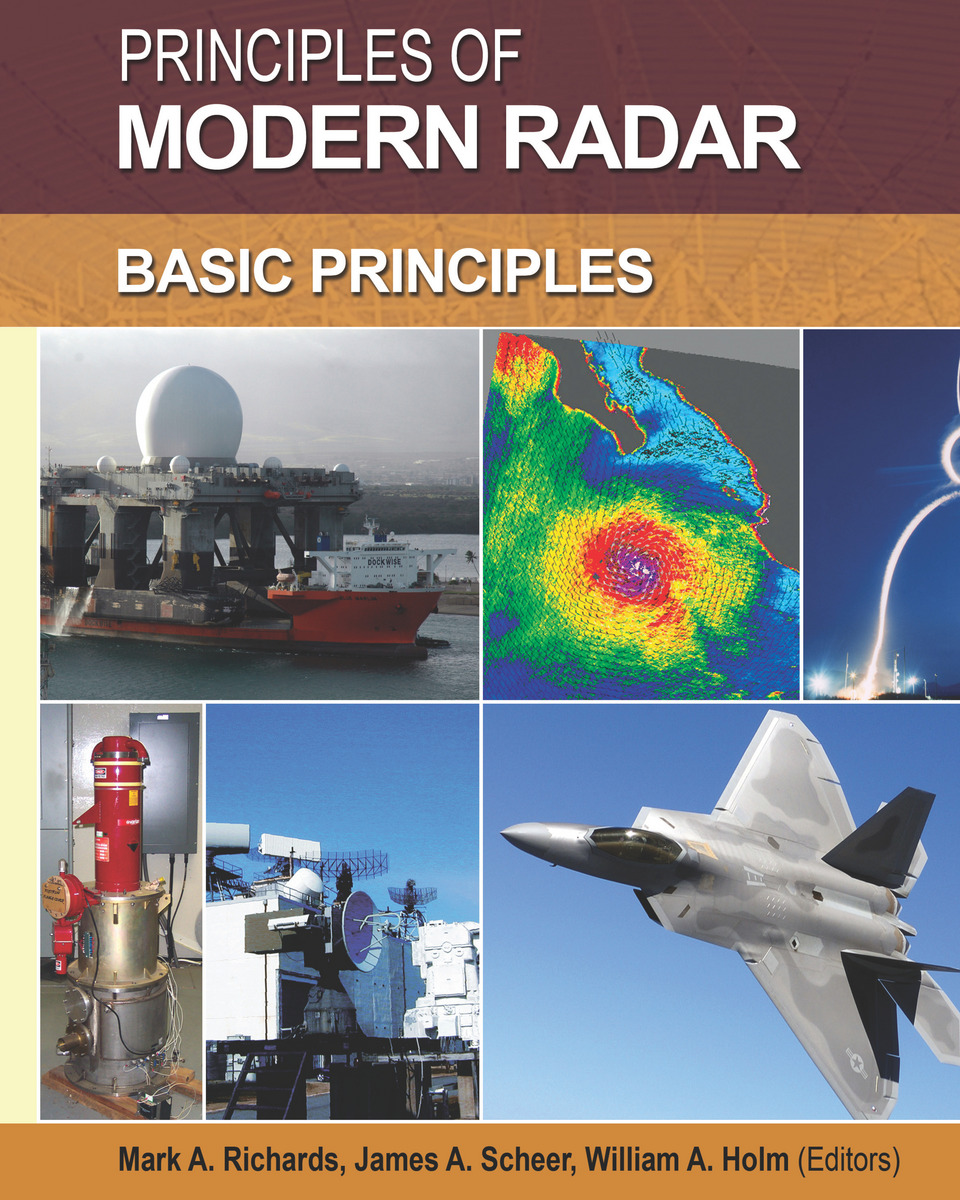

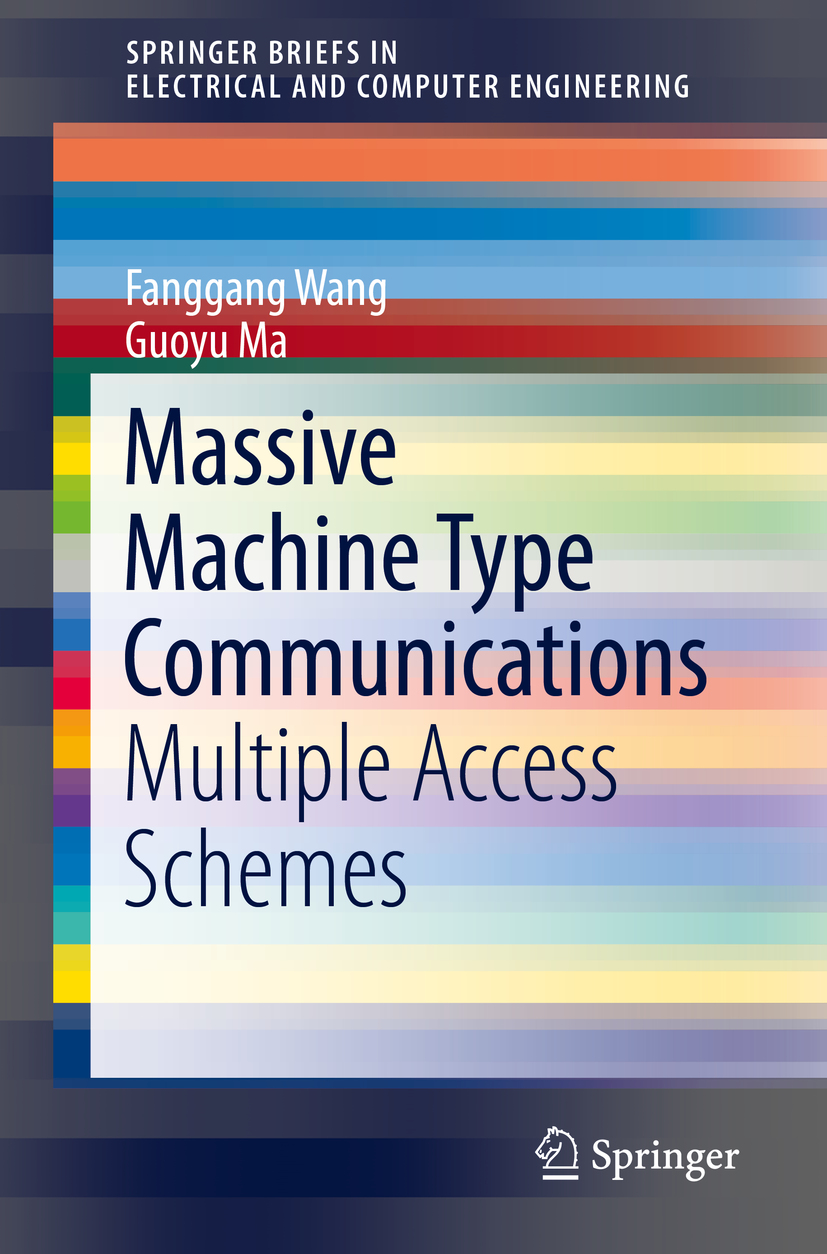
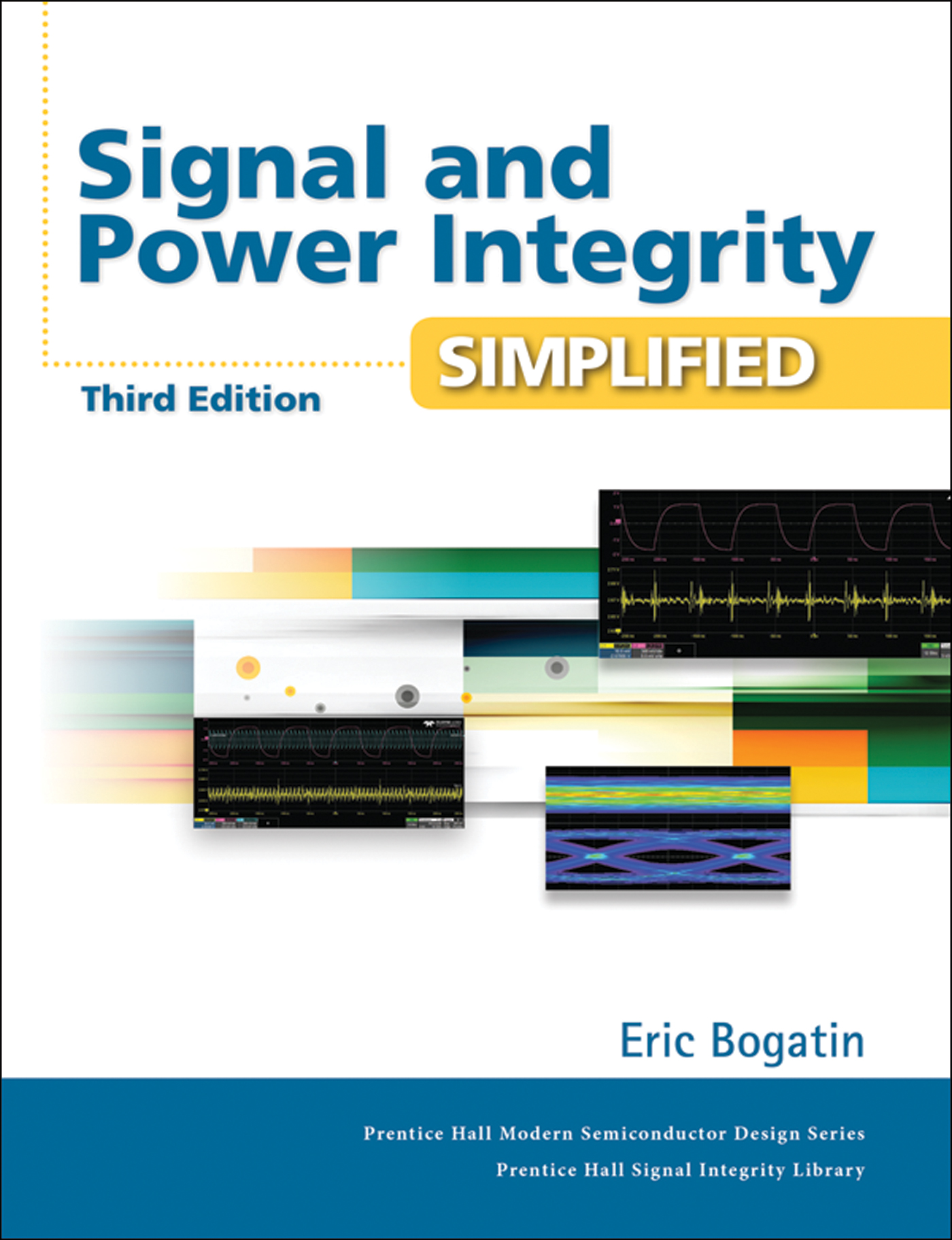




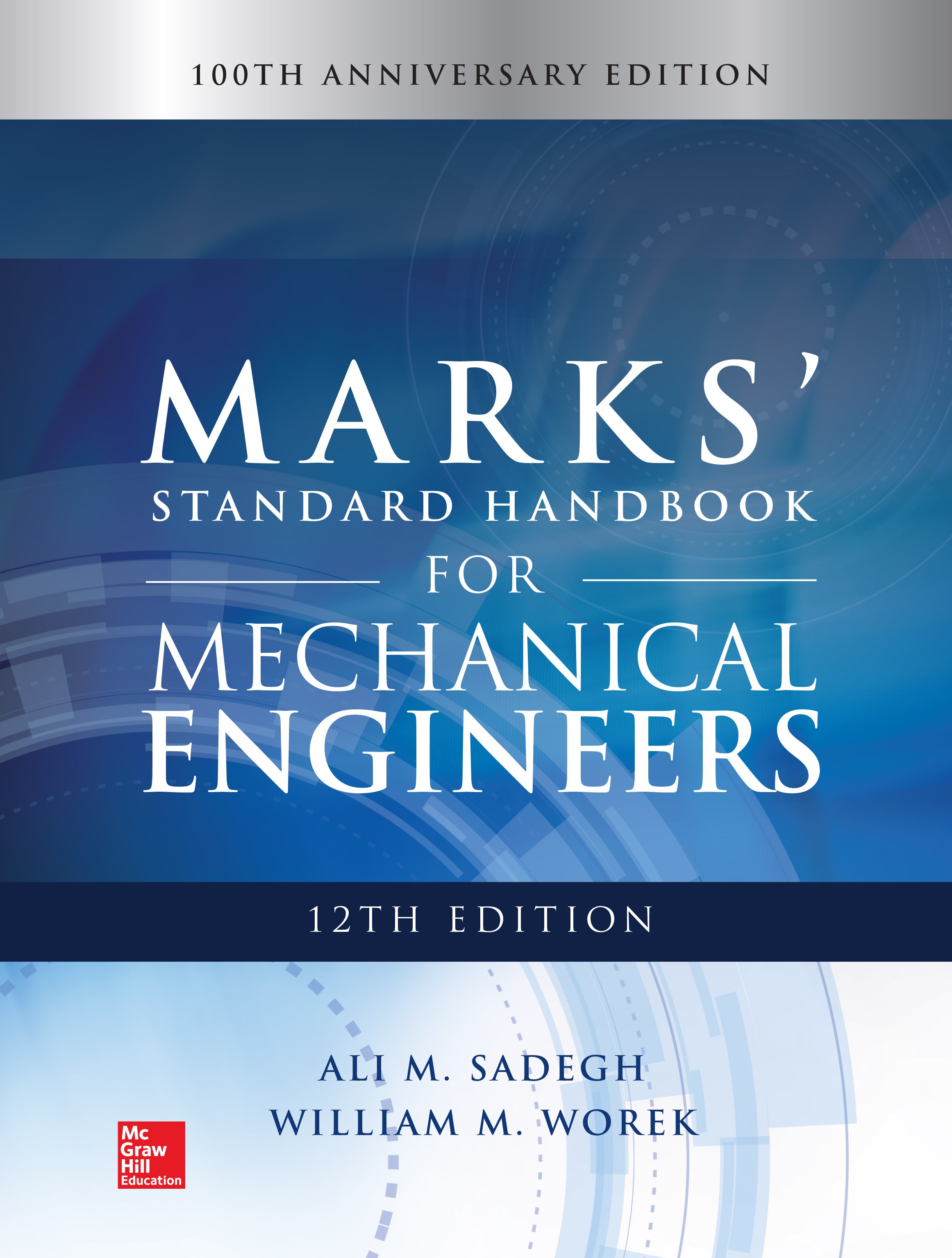
.jpg)
